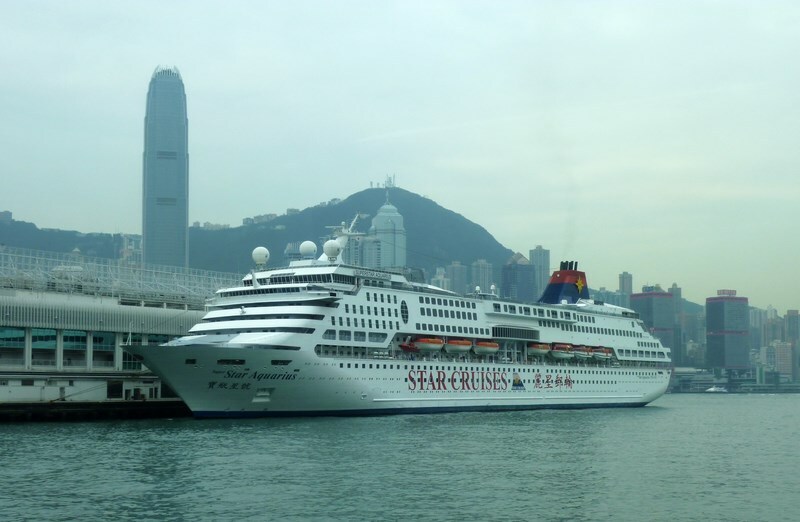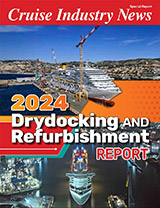 The cruise industry was always global, according to the 2013 Cruise Industry News Annual Report, but is more so today with larger numbers of passengers sourced from different markets and more ships deployed outside the traditional sailing areas.
The cruise industry was always global, according to the 2013 Cruise Industry News Annual Report, but is more so today with larger numbers of passengers sourced from different markets and more ships deployed outside the traditional sailing areas.
The trend is here to stay as the capacity growth cannot be supported by the traditional markets – at least not in the short run – so the companies are tapping into new markets – such as Brazil, Latin America, Australia, the Middle East, India, Japan and China.
>> Order the 2013 Annual Report by clicking here.
This in turn means a broader range of cruise products – to cater to different cultures and customs. It makes the product delivery more complicated and the cruise lines are adjusting.
By going global, the cruise companies reduce their dependence on any one market and sailing region. At the same time, they increase their exposure to risks in many different markets, although that is likely to affect only a few ships and not a whole fleet.
As the industry has gotten bigger, it is more visible, and by coincidence or not, is subject to more regulatory oversight, which on the upside contributes to safety and environmental compliance.
Already hit by higher fuel costs, new air and water emissions restrictions will require yet more expensive fuel or costly equipment to treat exhaust gasses as well as ballast water and other waste streams.
The continued industry expansion means that it will also need more officers and more crew – that need to be qualified and trained – to ensure safe and efficient ship operations.
The labor market is strained, and the industry may have to play a more active role in supporting educational institutions and ensuring attractive career tracks, the report states.
Already, the industry needs some 80,000 new employees over the next five year to fill the new ships as well as replace those that leave the industry and those who retire.
On top of this, another ugly issue has raised its head, whether for real or for political posturing only, and that is corporate taxation in the U.S. where the 35 percent rate would take a hefty bite out of earnings if it ever came to pass.
If this is not enough to keep executives awake at night, recent incidents have been subject to intense media coverage.




